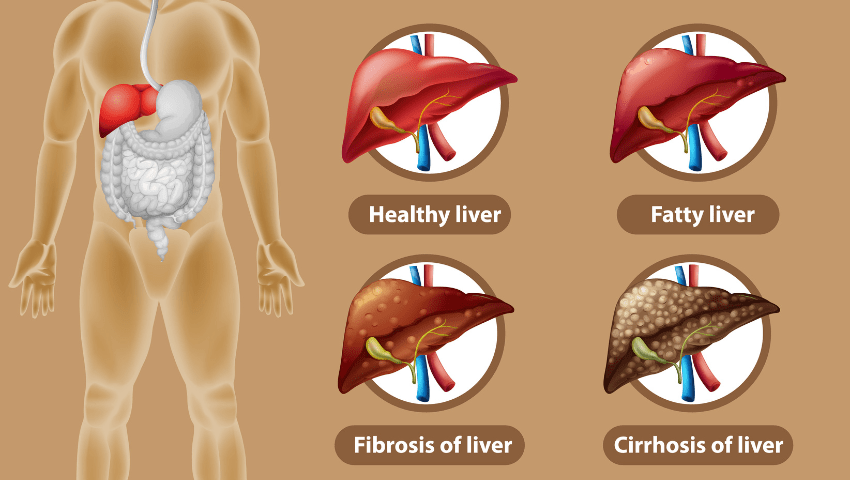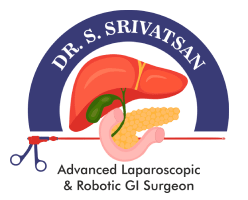
- 22/08/2023
- Dr. Srivatsan Gurumurthy
- 0 Comments
- Blog
Understanding the Stages of Liver Disease – Useful Information by Experts
The liver performs several crucial functions: it filters toxins from the blood, metabolizes drugs, stores energy, fights infections, and helps with digestion. This football-sized organ is incredibly resilient, with the ability to repair and regenerate itself to continue performing its necessary functions. A liver that is constantly working too hard can end up with liver damage; repeated liver damage can lead to liver disease. While the liver may be able to heal itself in the early stages of the disease, the damage will become progressively worse and irreversible over time.
There are many liver diseases such as fatty liver disease, hepatitis, cirrhosis, liver cancer, and more which create conditions that can affect the overall liver’s function and health. The main functionalities of the liver are producing essential proteins detoxification and metabolism. Alcohol consumption, unhealthy or fatty food, viral infections, obesity, and chemicals can damage the liver. This damage progresses through distinct stages, each requiring different levels of medical attention and lifestyle adjustments. Dr. Srivatsan Gurumurthy will guide us on the various stages of the liver.
Stage 1: Steatosis (Fatty Liver)
In the initial stage, the liver accumulates fat, a condition known as steatosis or fatty liver disease. Often asymptomatic, it can be detected through routine medical tests. Lifestyle changes, including a balanced diet, regular exercise, and avoiding excessive alcohol consumption, can halt or even reverse this stage.
Stage 2: Hepatitis (Inflammation)
Continued damage to the liver can lead to inflammation, a condition referred to as hepatitis. This inflammation can be caused by factors such as viral infections (hepatitis viruses), autoimmune diseases, or excessive alcohol intake. Symptoms may include fatigue, jaundice, and abdominal discomfort. Timely medical intervention, including antiviral medications or immune-suppressing drugs, can manage inflammation and prevent further damage.
Stage 3: Fibrosis
As the inflammation persists, the liver responds by forming scar tissue, a process called fibrosis. Initially, this scarring might not cause noticeable symptoms. However, if left unchecked, the scar tissue can impede blood flow and disrupt liver function. Advanced fibrosis may require more specialized medical care and lifestyle changes.
Stage 4: Cirrhosis
Cirrhosis marks the advanced scarring of the liver tissue, severely affecting its ability to function. Abdominal discomfort, Mild jaundice, Enlarged liver, and Loss of appetite are common symptoms. Cirrhosis can result from prolonged inflammation due to various causes, including untreated viral hepatitis or long-term alcohol abuse. Medical treatments and lifestyle adjustments become critical at this stage, as complications can be life-threatening.
Stage 5: End-Stage Liver Disease
When cirrhosis reaches an irreversible state and liver function significantly declines, it progresses to end-stage liver disease. Liver transplantation may be the only option for survival at this point, as the liver’s ability to perform its vital functions becomes severely compromised.
For early detection, intervention, and management of liver diseases, understanding their stages is essential. Physical examination, regular health check-ups, healthy lifestyle choices, blood tests, and imaging tests can prevent or slow down disease progression. If you or a loved one suspect any liver issues, consult Dr. Srivatsan Gurumurthy to receive an accurate diagnosis and personalized treatment. To schedule a consultation, please contact us at – +919962533472 or Book an online appointment.
